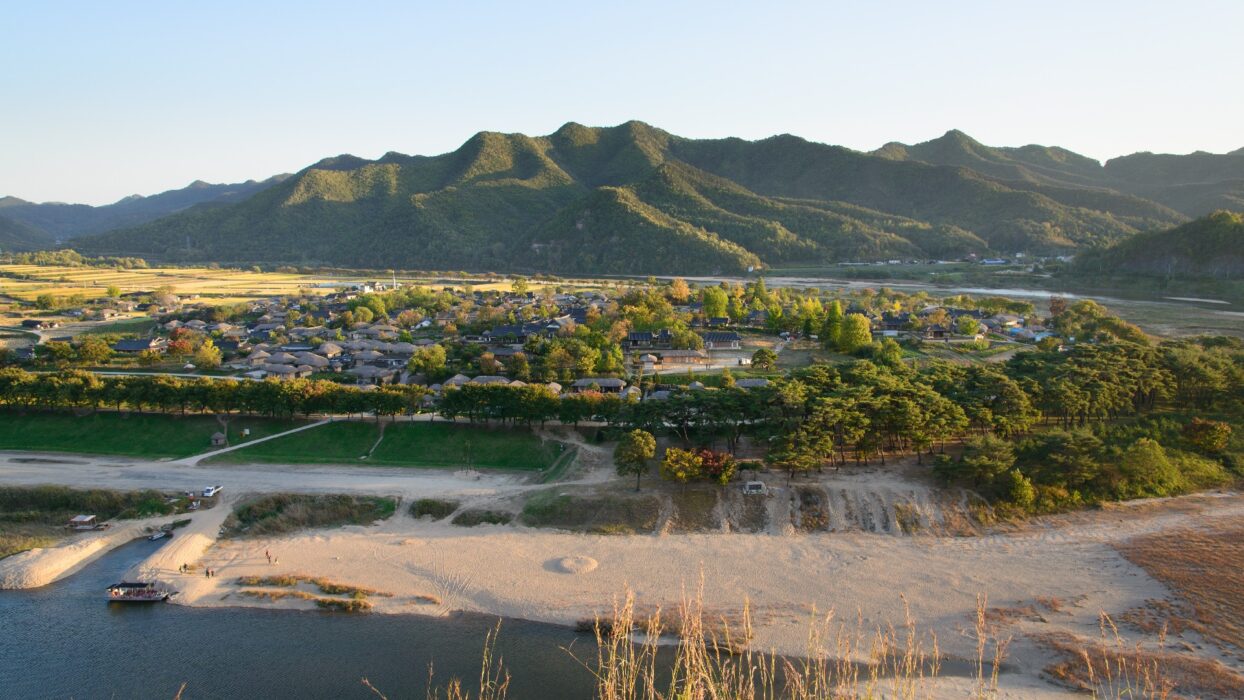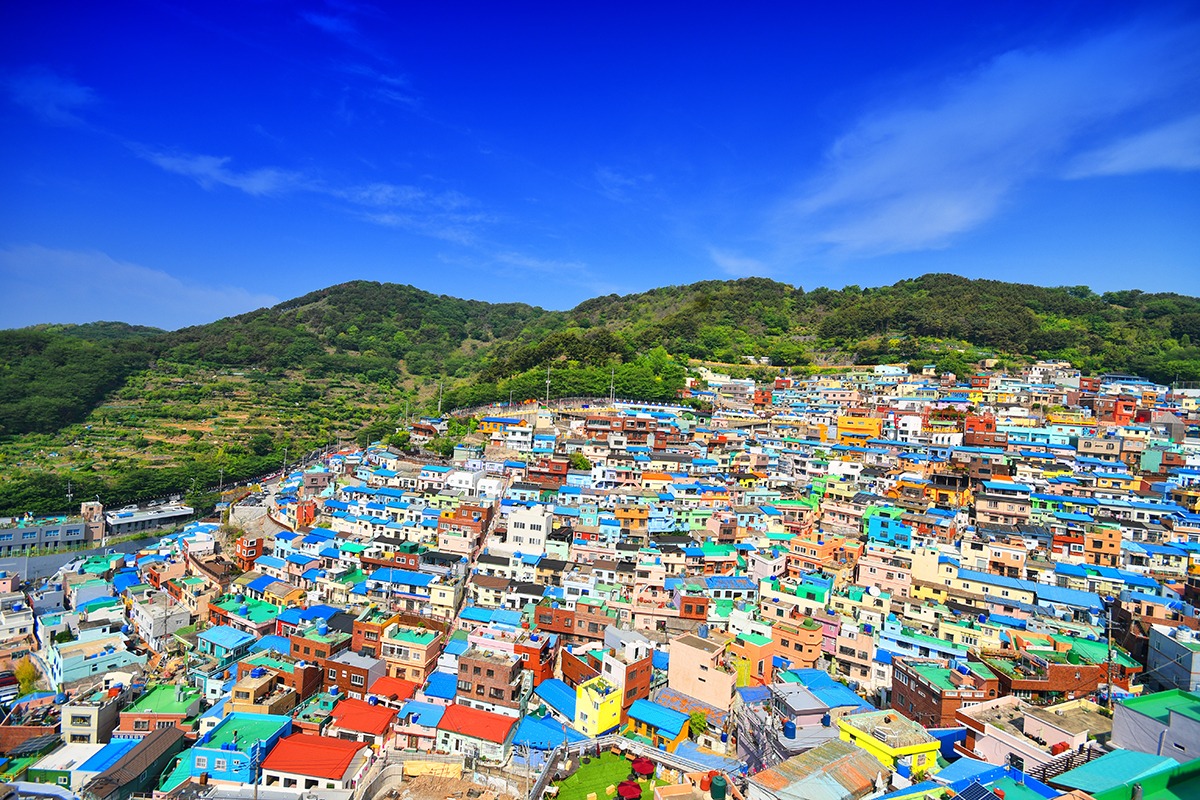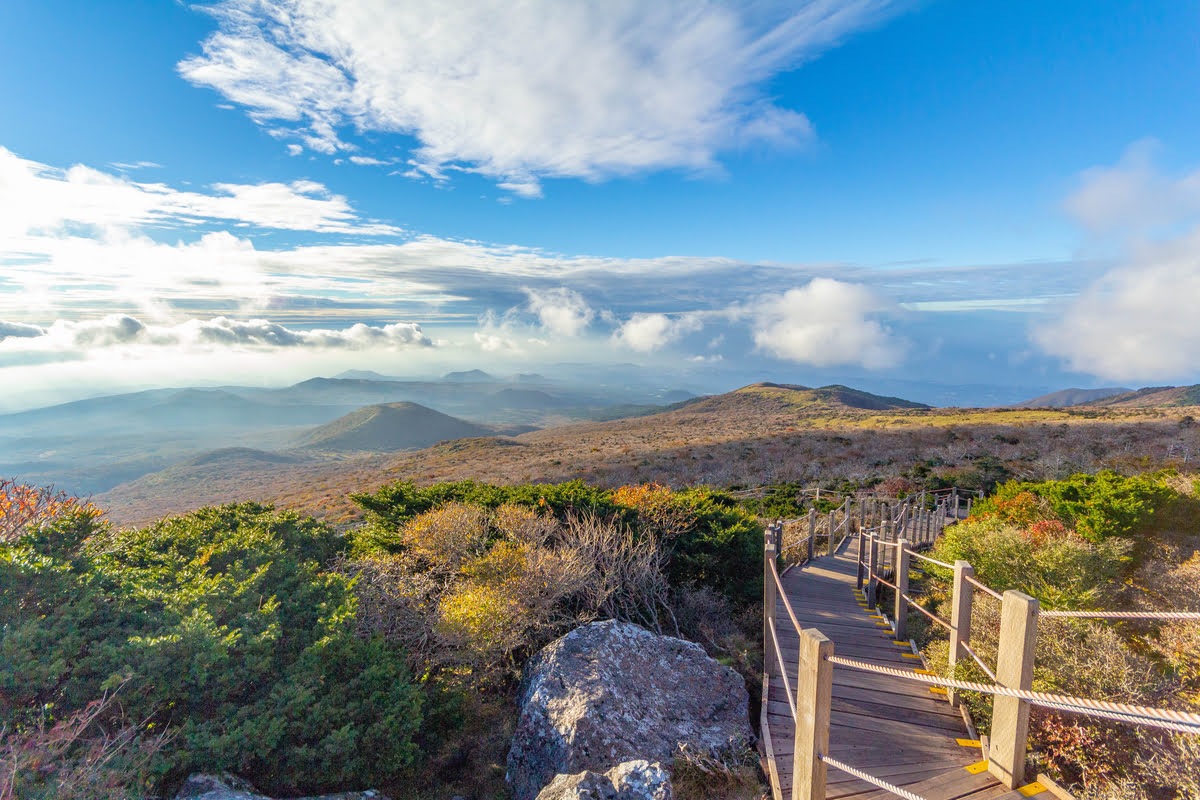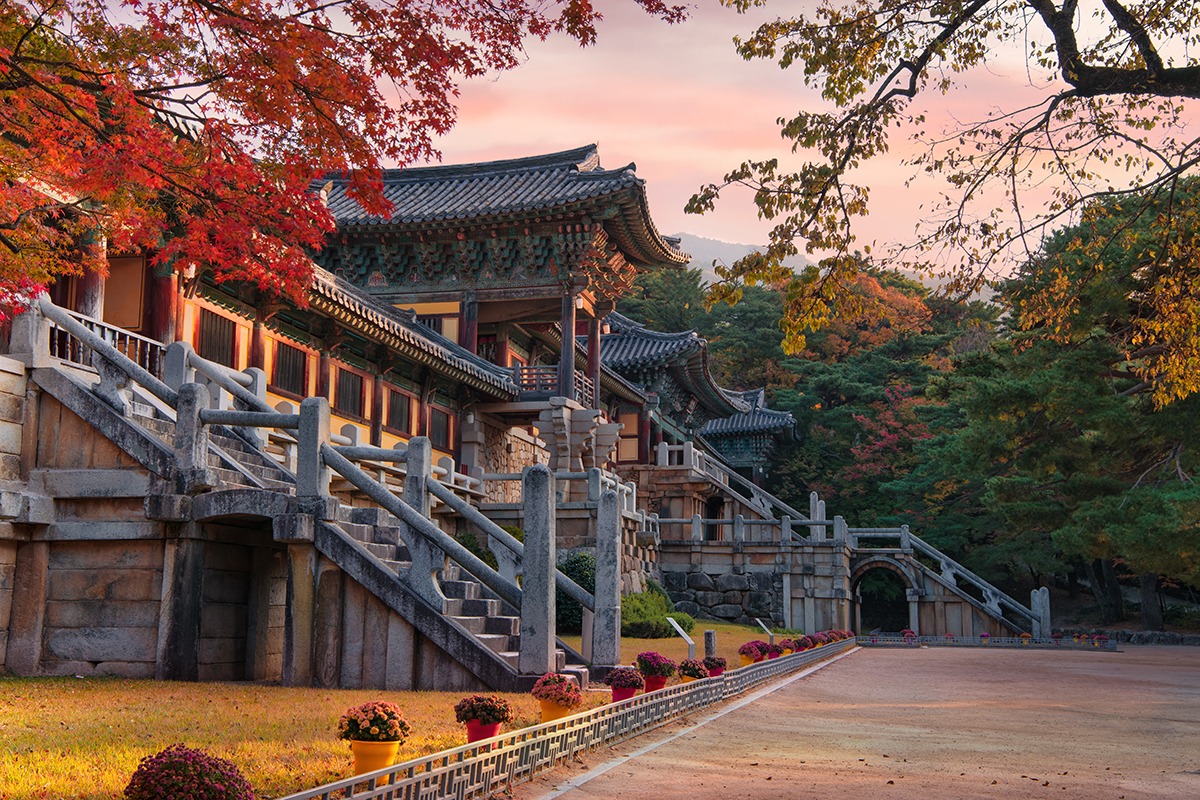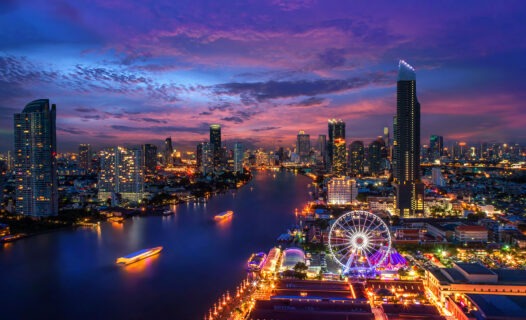South Korea is a land of contrasts, where ancient traditions blend seamlessly with cutting-edge technology and vibrant pop culture. This comprehensive travel guide will take you through the best places to visit in South Korea, uncovering both well-known attractions and hidden gems. Whether you are a history buff, nature lover, foodie, or shopaholic, South Korea has something for everyone. Let’s dive in and explore!
1. Seoul: The Dynamic Heart of South Korea
Seoul, the bustling capital city, is a perfect starting point for your South Korean adventure. From historic palaces and temples to trendy neighborhoods and towering skyscrapers, Seoul offers a rich tapestry of experiences.
Gyeongbokgung Palace
Step back in time at Gyeongbokgung Palace, the largest and most iconic of the Five Grand Palaces built during the Joseon Dynasty. Don’t miss the changing of the guard ceremony, an impressive display of traditional Korean culture.
Insadong
For a taste of traditional Korean culture, visit Insadong. This charming neighborhood is lined with teahouses, antique shops, and art galleries. It’s the perfect place to shop for unique souvenirs and enjoy a leisurely afternoon tea.
Myeongdong
If shopping is your passion, Myeongdong is a must-visit. This vibrant shopping district is packed with everything from high-end brands to quirky boutiques. Be sure to try some delicious Korean street food as you wander through the bustling streets.
2. Busan: The Coastal Beauty
Busan, South Korea’s second-largest city, is known for its stunning beaches, scenic mountains, and vibrant cultural scene. Whether you are relaxing on Haeundae Beach or hiking in Geumjeong Mountain, Busan is a destination that offers both relaxation and adventure.
Haeundae Beach
Haeundae Beach is arguably the most famous beach in South Korea. With its golden sands and clear waters, it’s the perfect spot for sunbathing, swimming, and water sports. During the summer, the beach is bustling with activities and events.
Gamcheon Culture Village
Explore the colorful Gamcheon Culture Village, often referred to as the “Machu Picchu of Busan.” This quirky neighborhood is known for its steep streets, vibrant murals, and unique architecture. It’s an ideal place for photography enthusiasts.
Jagalchi Fish Market
For seafood lovers, the Jagalchi Fish Market is a must-visit. As the largest fish market in South Korea, it offers a vast array of fresh seafood. You can even have your chosen seafood cooked on the spot at one of the market’s eateries.
3. Jeju Island: The Volcanic Wonderland
Jeju Island is a UNESCO World Heritage site renowned for its stunning natural landscapes. From volcanic craters to pristine beaches, Jeju offers a breath of fresh air and a range of outdoor activities.
Seongsan Ilchulbong (Sunrise Peak)
Seongsan Ilchulbong, also known as Sunrise Peak, is a tuff cone crater formed by hydrovolcanic eruptions. Hike to the top for a spectacular sunrise view that will leave you in awe of nature’s beauty.
Manjanggul Cave
Explore the ancient Manjanggul Cave, one of the longest lava tubes in the world. As you walk through the cave, marvel at the intricate rock formations and the sheer scale of this natural wonder.
Hallasan National Park
At the heart of Jeju Island lies Hallasan National Park, home to South Korea’s highest mountain, Hallasan. The park offers challenging hikes and scenic trails through lush vegetation and volcanic landscapes.
4. Gyeongju: The Historical Treasure Trove
Often referred to as the “Museum without Walls,” Gyeongju is a city rich in history and cultural heritage. It was the capital of the Silla Kingdom for almost a thousand years, and its ancient sites provide a fascinating glimpse into Korea’s past.
Bulguksa Temple
Bulguksa Temple is a UNESCO World Heritage site and one of Korea’s most important cultural landmarks. The temple’s intricate architecture and serene surroundings make it a must-visit.
Seokguram Grotto
Located nearby Bulguksa Temple, the Seokguram Grotto houses a magnificent statue of Buddha and is another UNESCO World Heritage site. The grotto offers breathtaking views of the East Sea and is a masterpiece of Buddhist art.
Cheomseongdae Observatory
Visit the Cheomseongdae Observatory, the oldest existing astronomical observatory in Asia, dating back to the 7th century. This historical landmark reflects the advanced scientific knowledge of the Silla Kingdom.
5. Andong: The Capital of Korean Folk Culture
Andong is famous for its well-preserved folk traditions and cultural heritage. A visit to Andong offers a unique insight into Korea’s traditional way of life.
Hahoe Folk Village
Hahoe Folk Village is a UNESCO World Heritage site that has preserved the traditional architecture and customs of the Joseon Dynasty. Stroll through the village to experience Korea’s rich cultural heritage and watch traditional mask dances.
Andong Soju Museum
For a taste of traditional Korean spirits, visit the Andong Soju Museum. Learn about the history and brewing process of Andong Soju, and even sample some of the locally produced soju.
Dosan Seowon
Explore the Dosan Seowon, a Confucian academy founded by the renowned scholar Yi Hwang. The academy’s tranquil setting and historical significance make it a fascinating destination for visitors interested in Korean philosophy and education.

